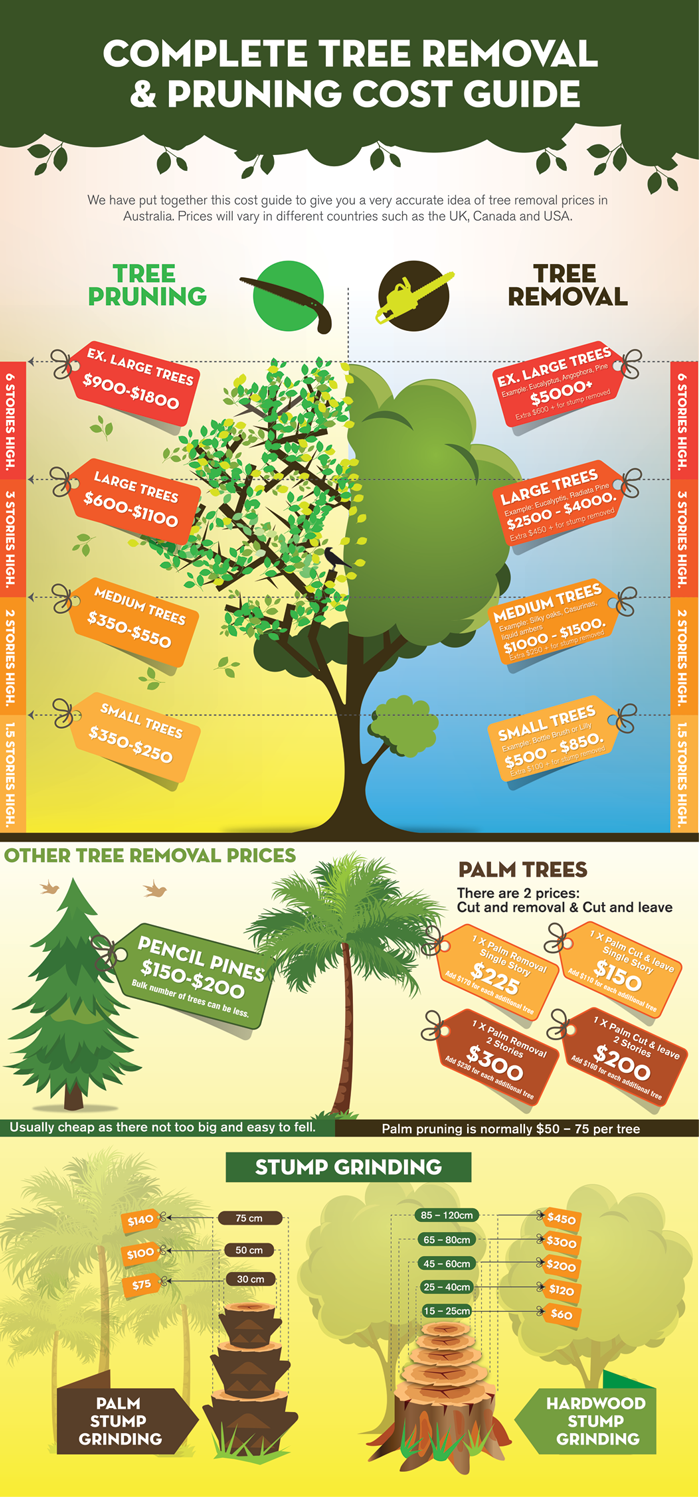Indications It's Time To Remove A Tree - A Property Owner'S Overview
Indications It's Time To Remove A Tree - A Property Owner'S Overview
Blog Article
Short Article Developed By-Jacobsen Lucas
Trees add charm and worth to residential property, yet they can likewise pose a risk during extreme weather events. If a tree has quit expanding, is showing noticeable fungal growth, or has a leaning trunk, it ought to be gotten rid of by a specialist to prevent residential property damage and injury.
For more information, go to a property owner source reasonable co-hosted by HPD, the Center for NYC Neighborhoods, and Brooklyn-based real estate partners this night in Bedford-Stuyvesant. The occasion will feature the Property owner Handbook, a brand-new overview to aid home owners browse the obligations of owning a home.
1. Dead or Perishing Branches
Trees are an important part of your home's landscape, offering color and elegance. They additionally offer sanctuary for wildlife and produce oxygen, but even healthy trees can experience health issue that may demand their removal. Dead or passing away trees aren't simply unsightly, they can be dangerous. Their branches can drop during a storm, causing pricey residential property damage and injuries.
When a tree's branches start to pass away, it suggests that its structure is beginning to break down. If most of its branches are dead, it is most likely time to remove it.
Try to find a lack of brand-new growth, bark peeling, open injuries or dental caries, fungi expanding on the trunk or origins and a general appearance of degeneration in the whole canopy. These indications of infection can show a severe trouble that will certainly need specialist tree solutions to solve.
2. Leaning Trunk
While it's regular for trees to lean every so often because of phototropism, if a tree has a dangerous or serious lean that's not because of natural processes - it could be an indication that the tree needs to be gotten rid of. If the tree is favoring a power line, home, car, play framework or any other location that could be harmful to individuals if it drops, after that speaking to an expert tree solution for removal should be a top priority.
It's additionally crucial to watch for any type of sudden changes in a tree's leaning as it can show damage to the origins or trunk that may result in falling. landscaping east auckland is particularly true during thundercloud, considering that high winds and rain-soaked dirt can trigger a lean to change quickly. Routine surveillance, specifically during and after tornados can assist property owners identify possible issues with their trees so they can call an arborist for an extensive analysis.
3. Bug Infestation
Some pest infestations, such as wood-boring insects like emerald ash borer or sap-suckers like range bugs, are so extreme that they can trigger a tree to pass away. The most effective means to stop pest infestation is to check your trees often. Look for places, openings, or stainings in the fallen leaves and bark. Examine the trunk for splits and signs of insect damages, such as passages or tracks.
If a tree comes to be too ravaged with parasites, or is close to a home or power lines, an arborist may advise removal. If a leaning tree creates a brand-new, unsteady lean, an arborist will likely recommend removal as well to ensure the safety of people and residential property. If a damaged or dead tree consistently sheds extreme branches, it is an indication that it is time to remove the tree. If a tree remains to lose branches for a prolonged period of time, it might result in architectural issues and prospective home damage.
4. Damaged Trunk
Trees are a stunning and integral part of our landscape, however they do require routine like maintain them healthy and balanced and secure. If a tree is damaged irreparable it is likely time for it ahead down.
Seek signs of damages to the trunk, including vertical fractures, seams, dead branch stubs, noticeable wounds or open tooth cavities and serious tree-rot. The visibility of fungis at the base of the trunk is an additional alerting sign. arborist classes might indicate that the phloem and xylem (life-support cells) are endangered, enabling the spread of disease or a future failing.
Also, take into consideration whether the tree has quit expanding. Healthy and balanced trees will certainly have brand-new growth yearly, which might be visible as buds or branches growing and expanding. If you don't see any kind of brand-new growth, it's a good concept to have an arborist assess the tree and follow their recommendation for elimination. A dying or damaged tree can fall and trigger home damages.